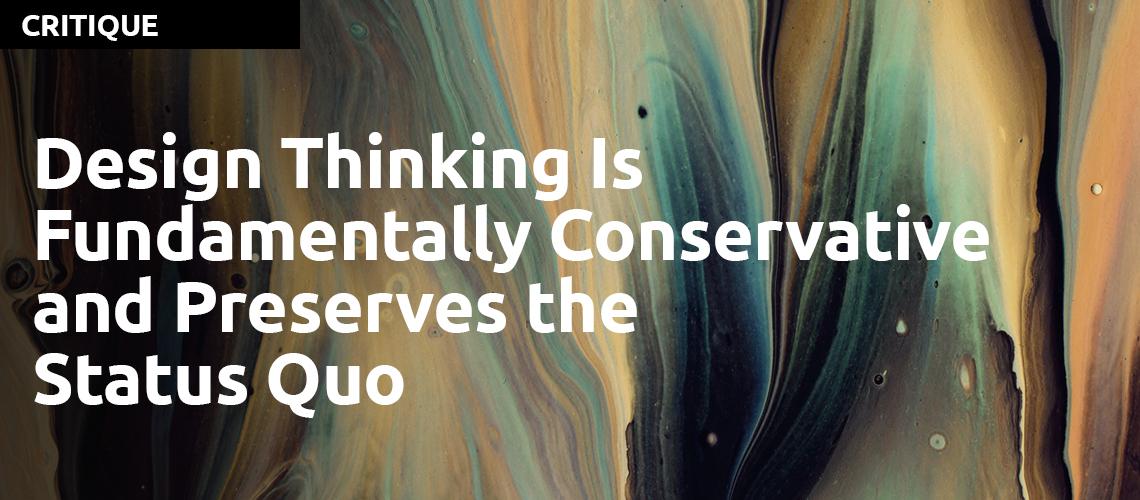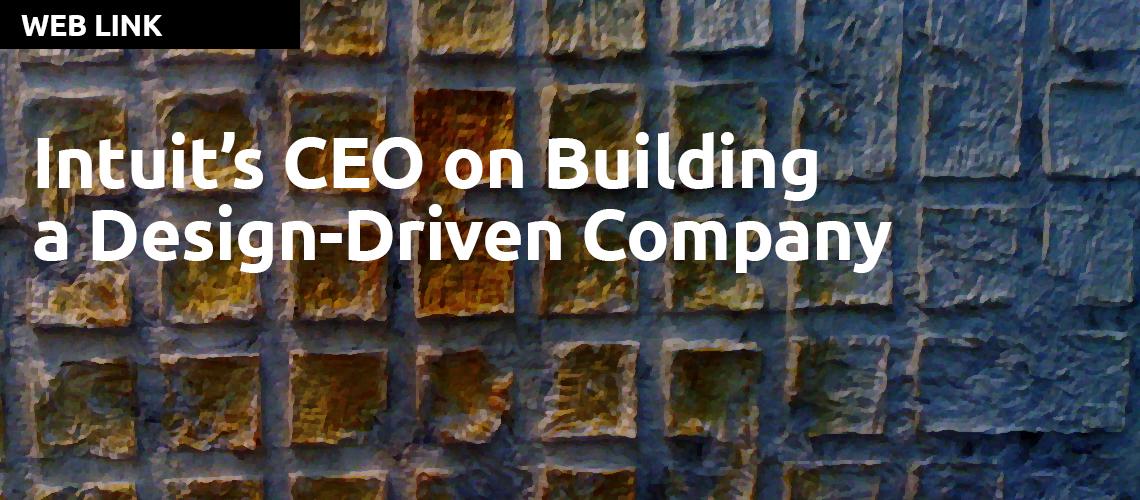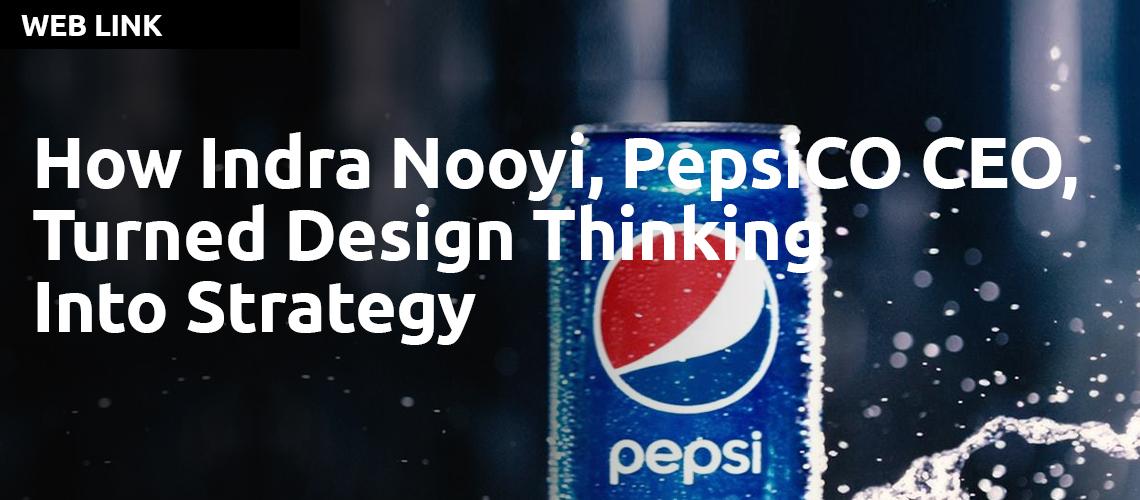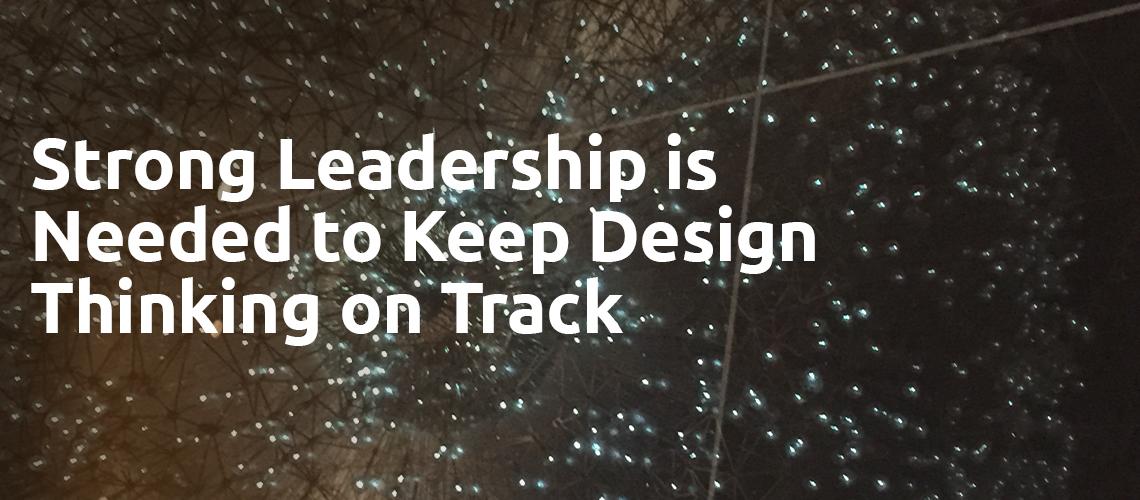Design Thinking Is Fundamentally Conservative and Preserves the Status Quo
In this article Natasha Iskander argues that Design Thinking enables corporations to justify their risk averse decisions under the guise of a thin veil of understanding their customers needs. We call it design think washing! While this is an interesting critique, it misses the fact that it is not the methodology that is creating this problem as much as it is the way that it is being used.










